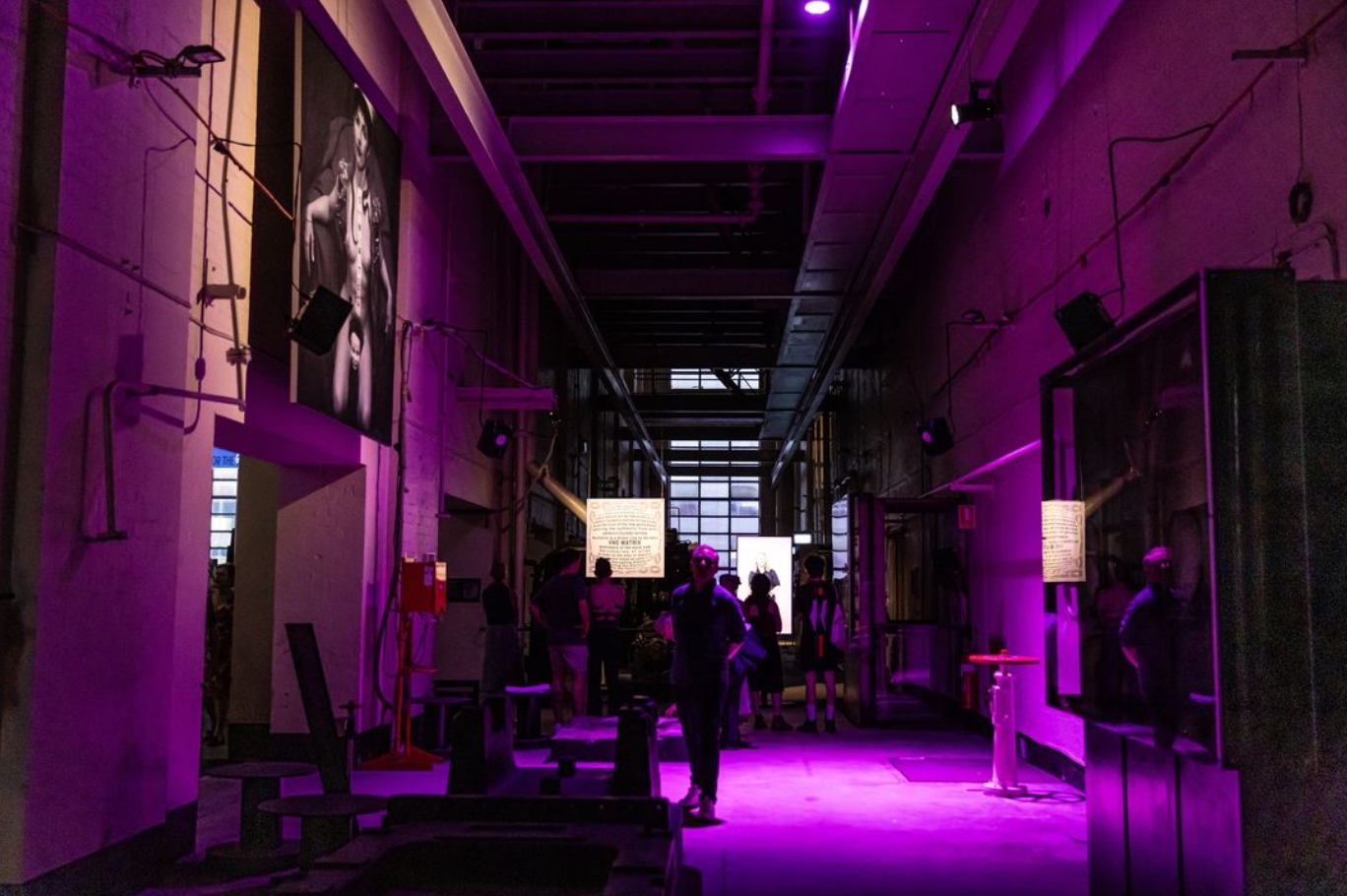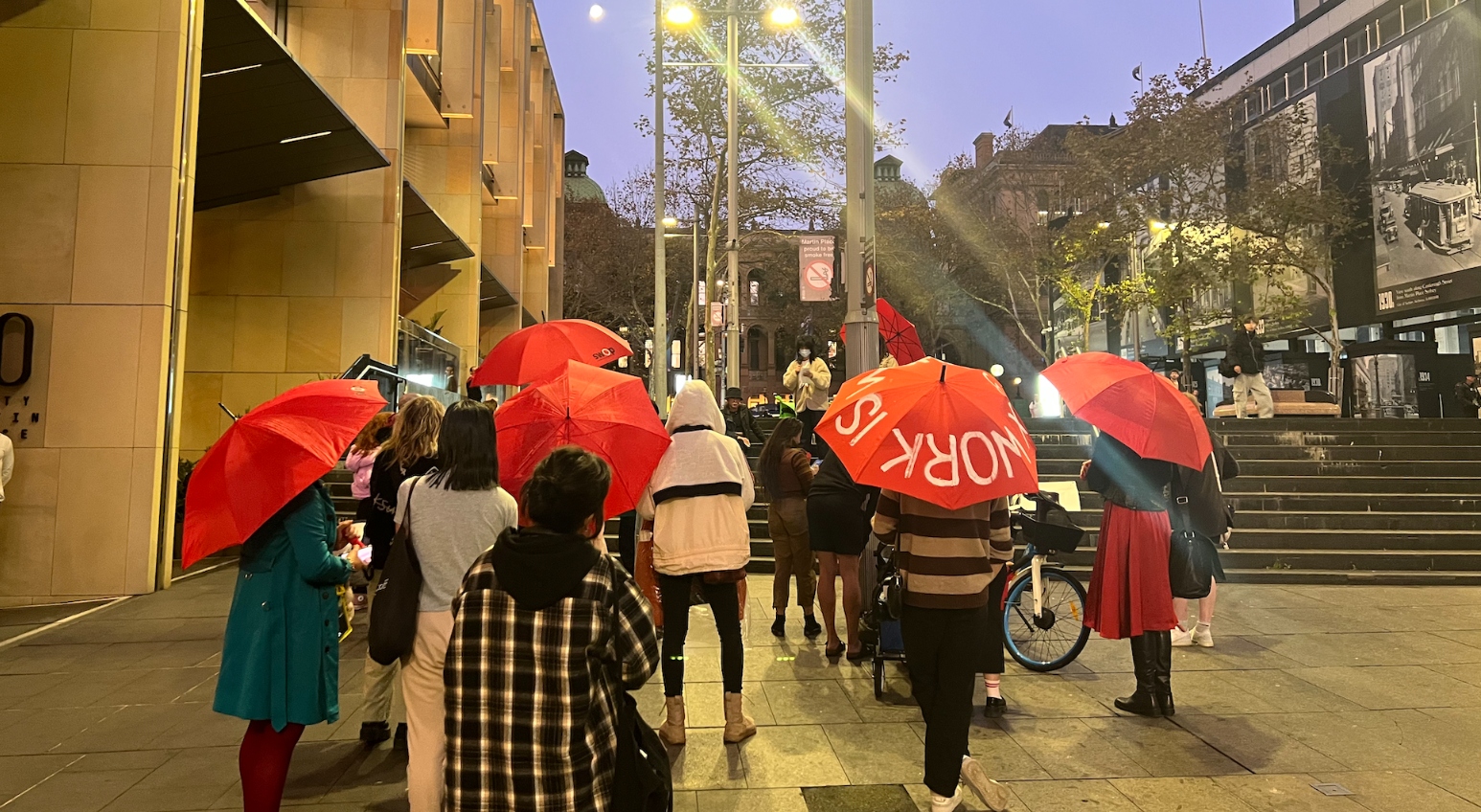
Al fresco latte-sippers may have to move
BY FLINT DUXFIELD
Shops and cafés may be forced to remove all tables, stalls and signs two metres from their shop fronts under a new footpath trading policy being developed by City Council.
The aim is to improve footpath access for people with disabilities as part of council’s new Inclusion (Disability) Action Plan.
Council has remained tightlipped about the policy, stressing that it is still in the drafting stage. But a spokesperson said last week that the policy "will be in accordance with best practice in Australia and other cities around the world where many councils are increasingly locating dining areas and other retail stands away from the building line to allow better access for people with disabilities."
Disability Discrimination Commissioner, Graeme Innes, says that if the policy is to meet best practice it will have to ensure there is a clear path on the building side of all footpaths.
Mr Innes says a clear building line is such an important navigation aid for people with limited vision that failing to remove obstacles could seen as discrimination under the Disability Discrimination Act.
"The Commission’s view is that any non-discriminatory footpath policy would have to require obstacles to be located on the curb side, not the building side," he said.
Council’s proposed policy recommends footpaths have a minimum of 2m "clear of any other obstruction", though it currently doesn’t specify whether this should be on the building or curb side of the path.
Chairman of the Pedestrians Council of Australia, Harold Scruby, says Melbourne’s Yarra City Council received legal advice in 2003 which said the building line was the only appropriate guidance line [for people with disabilities] on council footpaths and Councils had an obligation to provide a clear path of access on the building side of footpaths.
"It’s clearly discriminatory to force people with vision impairment out around tables and chairs, and [Sydney City Council] will have to act to make sure the building line is clear, said Mr Scruby."
But local business owners are concerned the change would hurt their businesses and create safety problems.
Christina Petrovska, owner of Astino’s Café and Restaurant in Newtown, says: "Putting [tables] closer to the curb is a big no-no because then we have to carry coffee and food among pedestrians to get there and that’s an occupational health and safety hazard."
"I need those tables and chairs outside ‘ without them I wouldn’t get any business. If I have to move them, I’ll have to sell my business," she said.
Jonathan Brake, interim CEO of the Council of Small Business of Australia said businesses are already under financial pressure and City of Sydney should look to other alternatives such as widening footpaths.
"It would be very detrimental to small businesses, there are already laws out there in terms of what can be put on the footpath, and to put business under more regulation and more red tape is hardly fair."
"Cafés and retailers have always had displays and tables in front of their shops and I don’t see why it should change now."
But Michael Simpson, head of policy and advocacy at Vision Australia says widening footpaths is not enough.
"People who are blind ‘shoreline’ along the building alignment because the other side of the footpath usually has lots of obstacles ‘ light poles, garbage bins, parking signs, etc. which make navigation difficult and unsafe."
Mr Simpson, who has been blind for 30 years, says he finds walking around Sydney very challenging. "When things like sandwich boards, racks of goods, tables and chairs are along the building alignment it makes it very difficult to negotiate a clear path of travel."
Council will hold a public forum on the new footpath trading policy on Tuesday 9 December at 3pm.









